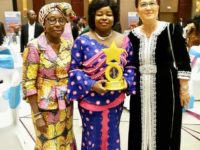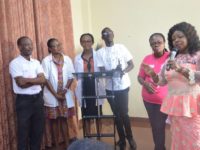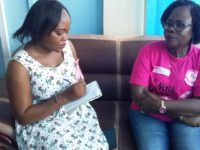 Many older women are unaware of some of the early warning signs of breast cancer, according to a survey.
Many older women are unaware of some of the early warning signs of breast cancer, according to a survey.
Fewer than half of the women over 70 who were questioned could name a symptom, apart from a lump.
The government health agency, Public Health England, which organised the survey, said that older women were also more likely to delay going to their GP.
About one in three women diagnosed with breast cancer each year are aged 70 or over.
A campaign by Public Health England, called Be Clear on Cancer, is urging older women to visit their doctor if they notice breast changes, such as a lump or a change to the nipple, skin or the shape of the breast.
Jenny Harries of Public Health England said: “We want women 70 and over to be aware of their breasts and to recognise any changes, report any new symptoms and just remember that you’re not past it when it comes to breast cancer.”
Figures show that about 9,500 women die every year from breast cancer and over half of these women (5,400) are aged over 70.
Sara Hiom, Cancer Research’s director of early diagnosis, said: “This campaign highlights two important facts that aren’t well known – that breast cancer isn’t just about lumps, and that older women are most at risk.”
“We hope these latest Be Clear on Cancer adverts will encourage women, especially older ones, to tell their GP about any unusual or persistent changes to their breasts, be that a lump, or something else like discharge, or a change to the skin or nipple.
“An early diagnosis, regardless of age, usually makes breast cancer more treatable,” she added.
Extended screening
The survey from Public Health England questioned 731 women aged over 40 in England.
When asked to name symptoms of breast cancer, only 48% of women over 70 could name a symptom other than a lump.
Women aged under 50 and over 70 are not included in the national breast screening programme, but a trial is investigating the merits of extending screening to women aged 47-49 and 71-73.
Breast cancer is the most common cancer in women in England, with about 41,000 women diagnosed each year.





